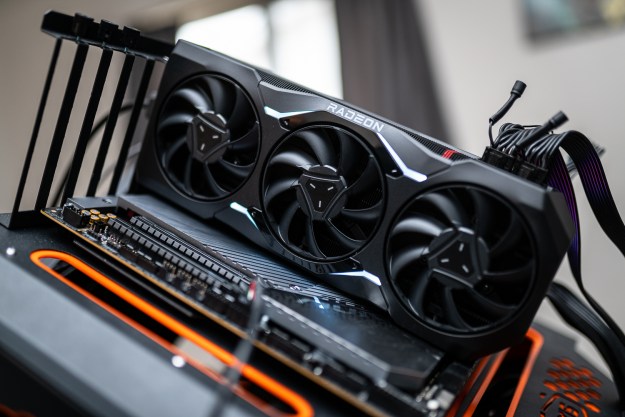 In European McDonald’s, “Would you like fries with that?” may soon be a catch phrase recited by computers. According to the Financial Times, the fast food behemoth plans to replace many humanoid cashiers at its 7,000 locations in the region with touch screen terminals. The adoption of these heartless ordering systems also means the end of cash as an accepted payment method, as the machines will only take credit and debit cards.
In European McDonald’s, “Would you like fries with that?” may soon be a catch phrase recited by computers. According to the Financial Times, the fast food behemoth plans to replace many humanoid cashiers at its 7,000 locations in the region with touch screen terminals. The adoption of these heartless ordering systems also means the end of cash as an accepted payment method, as the machines will only take credit and debit cards.
The transition toward autonomous fast food is, on the surface, an attempt by McDonald’s to further entice “cash-strapped customers” with more convenience and even faster service. (Of course, since the move toward robot cashiers will presumably mean thousands of people will lose their jobs, it also means there will be more “cash-strapped” people to serve.) In addition to the computers, the “restaurants” will receive more robust makeovers, and adopt longer opening hours and new menus.
In reality, however, the computer interfaces will allow McDonald’s to collect valuable information about its customers, as well as keep costs down. According to Steve Easterbrook, president of McDonald’s Europe, the data collected by the new system allows the company to amass details about customers’ ordering habits, much as loyalty cards do for grocery stores in the US.
It remains to be seen whether customers prefer to do the ordering all by themselves, or have assistance from a live employee. And, as with self-checkout systems at grocery stores, there will surely be a split in preferences, with some customers loving the new system, and others despising it.
Either way, the move from human workers to computer systems started long ago, and doesn’t look to be slowing anytime soon. There is not yet any word from McDonald’s about plans to bring touch screen ordering to its US fast food joints. But if the experiment goes well in Europe, don’t be surprised if you have to soon place that Big Mac order yourself.


